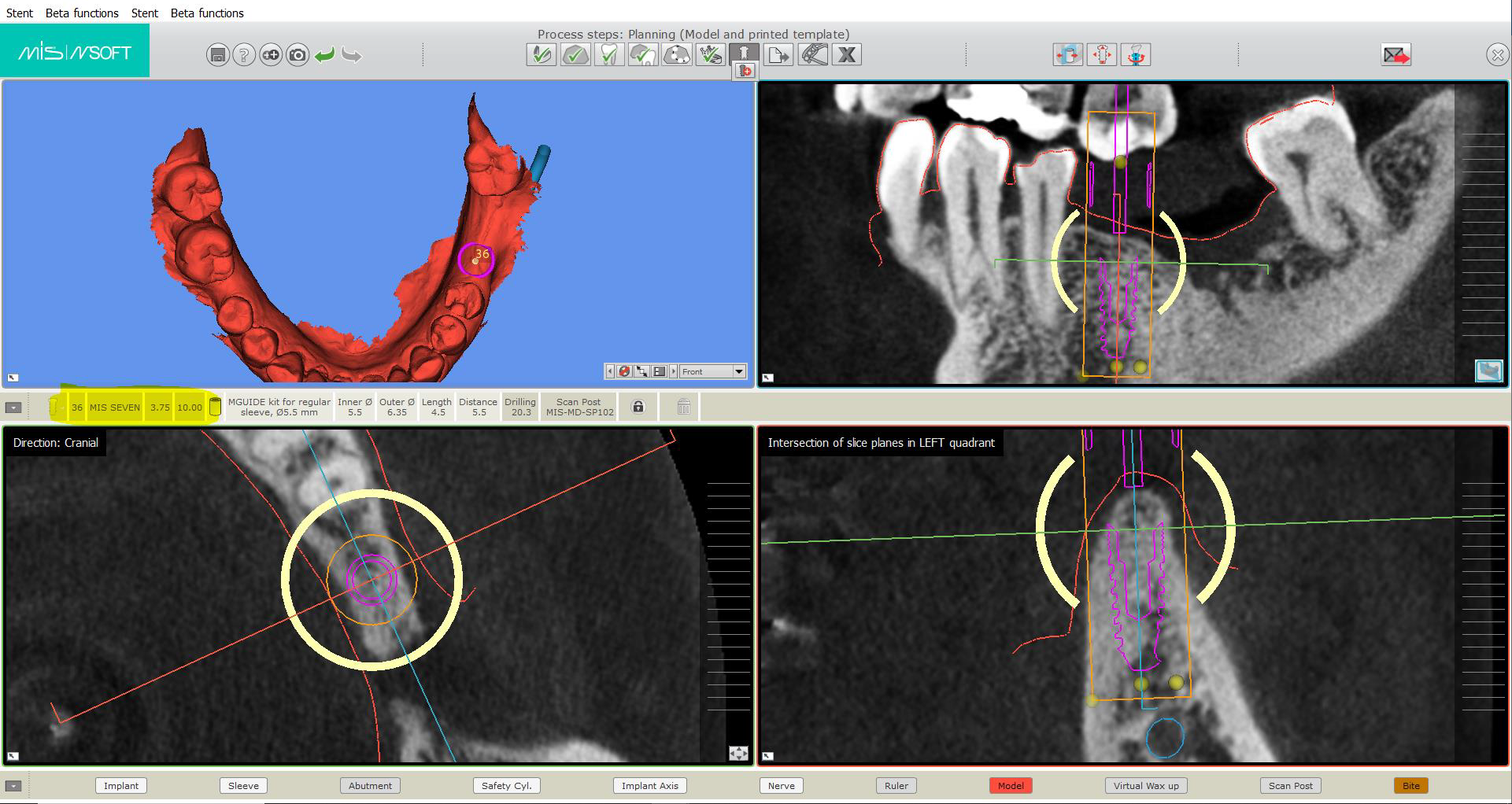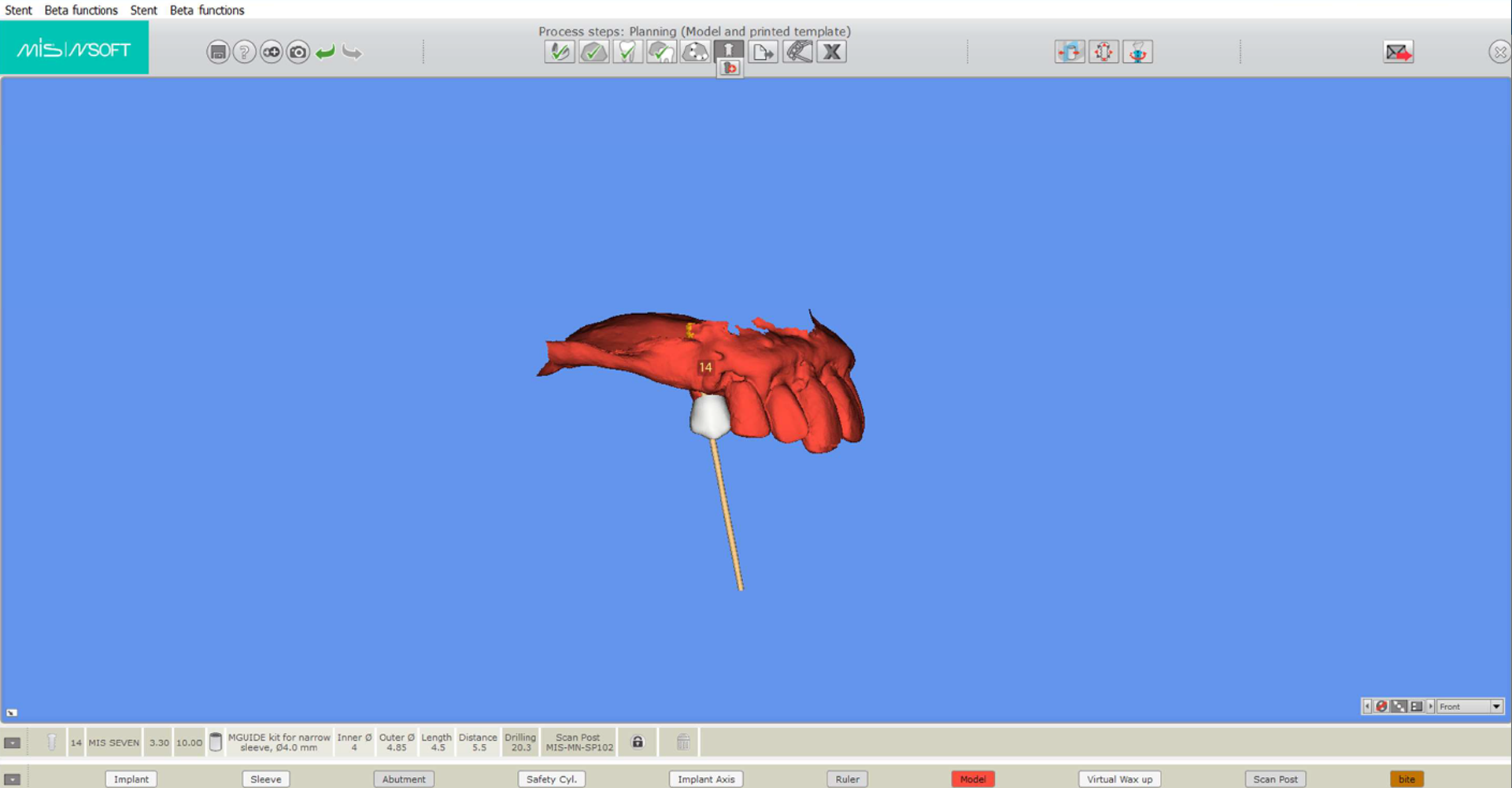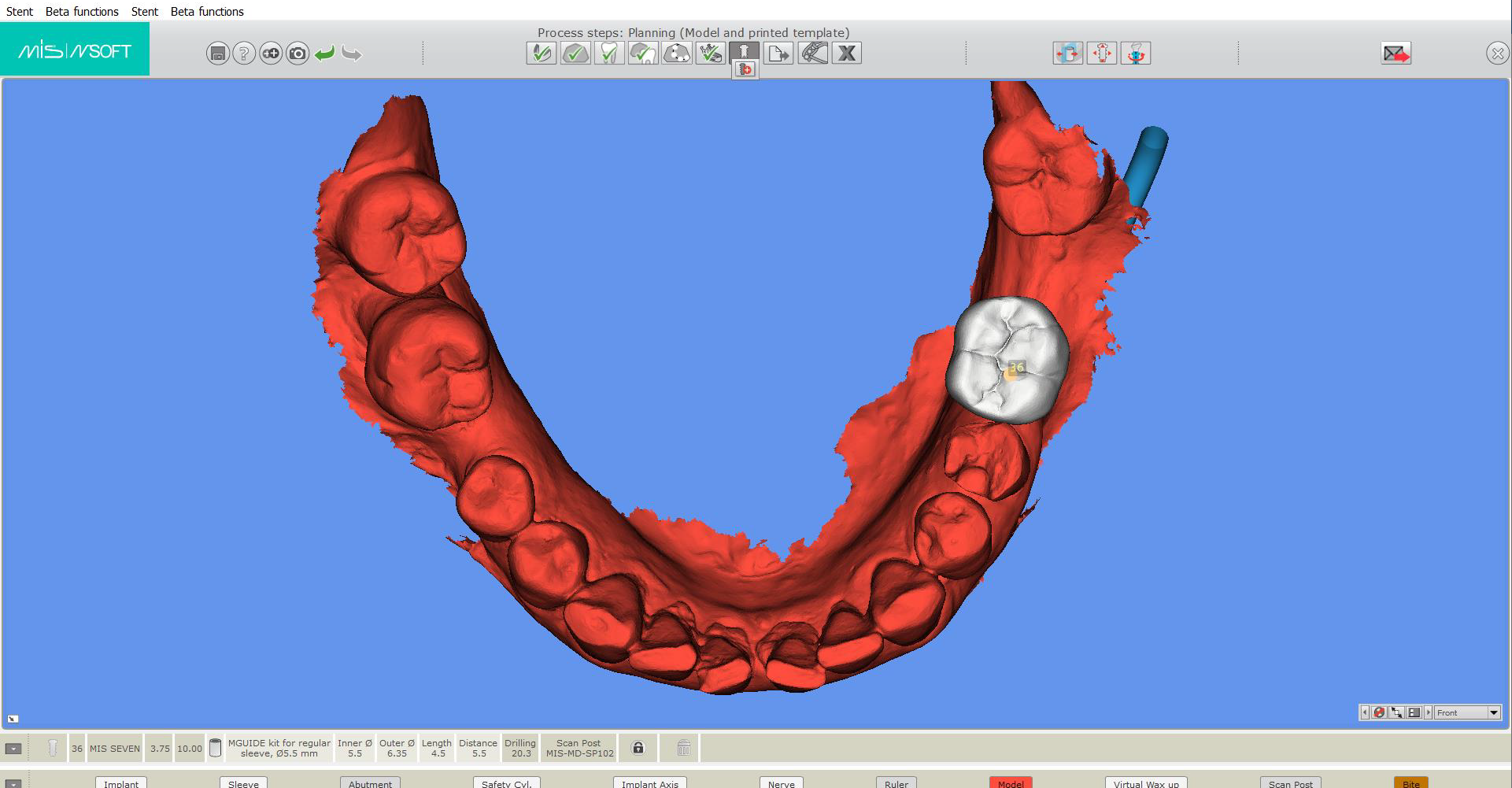What are Dental Implants?
Dental implants are a highly predictable form of tooth replacement that can restore function and aesthetics with great long-term longevity. Simply speaking, a dental implant consists of a ‘screw’ (fixture) that is integrated into the bone upon which a dental crown can be placed on top. Well-planned and well-maintained dental implants have a 10-year success rate of around 95%, however, this statistic may vary depending on individual factors. Compared to other forms of tooth replacement such as bridges or dentures, dental implants possess superior strength and aesthetics, and are the closest simulation to that of a natural tooth. Moreover, with proper maintenance and aftercare, they can even last a whole lifetime.
Key Advantages of Dental Implants:
- Natural aesthetic and feel: These dental implants have a high resemblance to natural teeth. Size, shape, and colour can be customised through computer-aided design to provide the best possible look, bite, and speech.
- No need to modify adjacent teeth: Dental bridges require the preparation of adjacent healthy tooth structures to achieve sufficient bonding and retention.
- Ease of maintenance: Easy access for standard flossing and brushing can be performed, and there’s no need to use special cleaning products on your new teeth.
- Reliability: Dental implants offer a high success rate given proper planning, execution, and aftercare.
What Are Guided Dental Implants?
Rather than using our eyes to guide the entire process in traditional implant surgery, guided implants use a specially designed framework that maintains the position of the drill in one place. Thus, significantly reducing the risk of mispositioned implants, perforations, and iatrogenic damage to adjacent teeth and soft tissue structures. With the framework, surgery is much simpler and more efficient to do, reducing overall treatment time. It is often referred to as a surgical guide and has quickly become adopted in many practices due to its safety and predictable outcomes.
How are Surgical Guides For Dental Implants Made?
Firstly, various imaging techniques (e.g. CBCT & intraoral scans) are required to obtain a complete understanding of the individual’s anatomy. We will need to assess the bone density, space available and important structures to avoid. Once a plan regarding the position of the implant has been finalised, a framework can be generated using the assistance of sophisticated AI software. The guide is individually customised to fit the patient’s anatomy in a fixed position to facilitate accurate implant placement. This framework is then crafted to a highly accurate degree with 3D printing using computer-aided manufacturing technology.
Key Advantages of Guided Dental Implants:
- Precision and accuracy: Limits risk of errors and complications during implant placement, leading to a higher rate of successful outcomes
- Reduced trauma: Lower risk of iatrogenic damage, ability to use smaller drills and smaller incisions to achieve a desirable outcome, minimising the invasiveness of surgery and thus promoting faster healing.
- Treatment efficiency: Eliminates the need to make constant manual adjustments and measurements during surgery.
- Transparency: 3D modelling and surgical guides provide clear visualisation to ensure all parties involved are on the same page.
Potential Limitations of Guided Implants:
- Cost: Due to the process of designing and fabricating the surgical guide, there is added cost over traditional implant surgery.
- Delayed treatment: Fabrication of surgical guide requires time, therefore increasing overall treatment time from start to finish. Additionally, unexpected changes in patient anatomy may result in the need to modify the surgical guide, further delaying treatment.






The Most Qualified Doctors
Our highly qualified, experienced and friendly team members, the team endeavour for our patients to gain a complete understanding of their oral condition.

Dr. Jun Jiang
M.I.P.H ( Syd Uni)
A.D.C.Cert.
Member of Australian Dental Association
Fellow of International Congress of Implantologist
Member of International Team of Implantology
Member of Australian Institute of Medical Scientist

Dr. Jack Lu
B.D.S (Otago Uni)
Member of Australian Dental Association
Member of NZ Dental Association

Dr. Chunxiang Fan
Member of Australian Dental Association
A.D.Cert (Melbourne)

Dr. Ying Tao
B-BMED (Melb)
DDS (Melb)

Dr. Kalisa Zhe Yu
D.M. D. University of Sydney
Member of Australian Dental Association





